Putting the Fun in Fungi
If you've ever read anything about fungi you probably already know that these weirdos operate on some different levels. Fungi currently have an excellent PR team (deservedly) and their incredible ability to turn insects into zombies and humans into podcast hosts is becoming a bigger and bigger part of popular culture. Fungi are cool as heck.
But the kingdom of Fungi is vast - and it includes organisms much less fashionable than cordyceps and lion's mane. It also includes mold and yeast (and LOADS more). Some of these things can be used to make booze and blue cheese, but others spoil our food or make us poop our pants.
Interestingly, some of these molds and yeasts have dimorphic life cycles, which means they can grow in EITHER the shape of a mold (with fuzzy hyphal threads) or in the shape of yeast (a slimy blob). Dimorphic fungi can switch between these "body" shapes depending on the conditions - often as a result of temperature. Hence the snappy expression "mold in the cold, yeast in the heat".
But if you think that's snappy, wait til you hear what some of these things are called. We've got Coccidioides immitis, Paracoccidioides brasiliensis, Blastomyces dermatitidis, Histoplasma capsulatum and who could forget: Sporothrix schenckii.
Pictured is Candida albicans, a dimorphic fungus that defies this snappy mnemonic by being yeast in the cold, and mold in the heat.
We know this is a lot to keep up with and if you're confused, that's fine. But just let them live their lives how they want, ok?
P.S - yes we know mold is typically spelled "mould" in British English, but this looks better when in the same sentence as "cold". Language changes and who cares lmao
P.C: Garnhami
